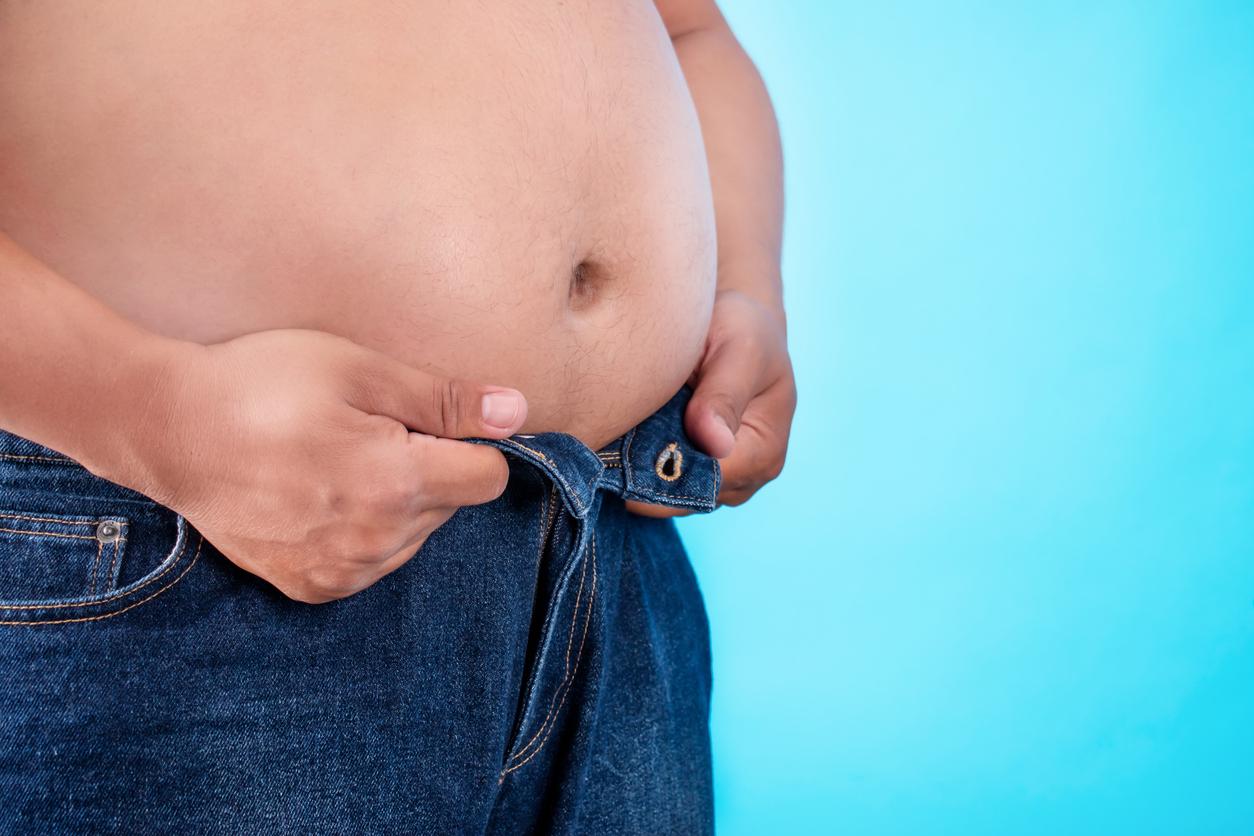Measuring the level of sex hormones (testosterone and estradiol) in the blood of patients could help identify those at risk of cardiac arrest, a fatal heart rhythm disorder in 95% of cases.
A new study, published online in the specialist journal Heart rhythm, shows that men who had sudden cardiac arrest, had much lower levels of testosterone (the male sex hormone). In addition, high levels of estradiol, the female sex hormone, have been linked to an increased risk of suffering from cardiac arrest in both men and women.
An easy way to find patients at risk
“Since cardiopulmonary arrest is fatal most of the time, including in a hospital setting, we are constantly looking for ways to predict what are most at risk patients “ explains Dr Smeet Chugh of the Cedar Sinai Hospital Heart Institute in Los Angeles (USA). “The objective of this study was to shed light on the risk factors, triggers and genetic abnormalities associated with sudden cardiac death.”
The researchers therefore measured the blood levels of hormones in 149 patients who suffered sudden cardiac arrest, comparing them with the hormone levels of 149 patients with coronary artery disease, but who did not have heart disease. cardiac arrest.
The conclusions of their study are the following :
Men who had sudden cardiac arrest had testosterone levels of 4.4 nanograms per milliliter, compared to 5.4 nanograms per milliliter for the others.
They also had a rate of 68 picograms per milliliter of estradiol, compared to 52 picograms per milliliter for the men who did not have cardiac arrest.
As for the women who suffered cardiac arrest, they had a relatively high estradiol level (54 picograms per milliliter), compared to 36 picograms per milliliter for the control group.
For Dr Smeet Chugh, this discovery should pave the way for a new follow-up of patients suffering from cardiovascular illnesses and allow a new prevention policy. Cardio-circulatory arrest (also called sudden death) remains a major public health problem in industrialized countries with 700,000 deaths per year in Europe, including around 40,000 in France.


















